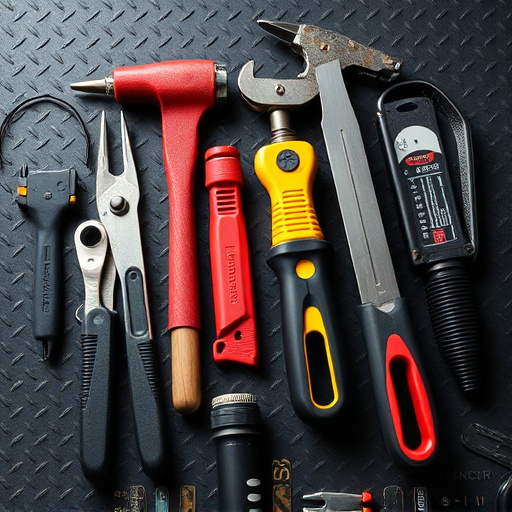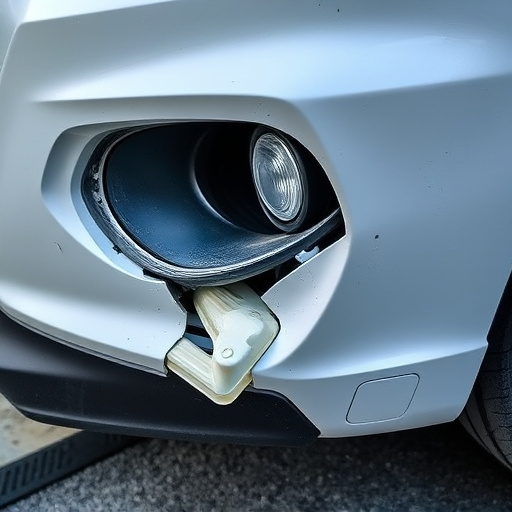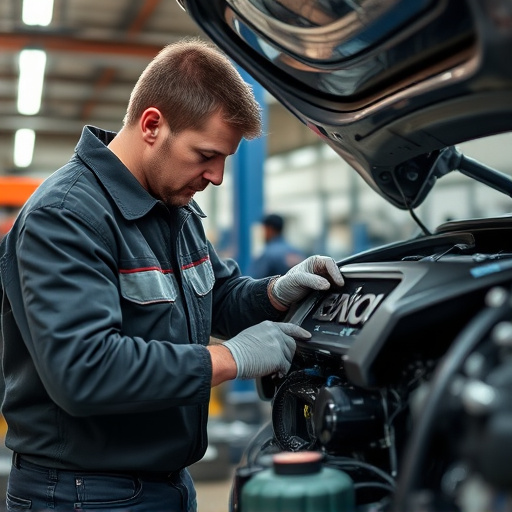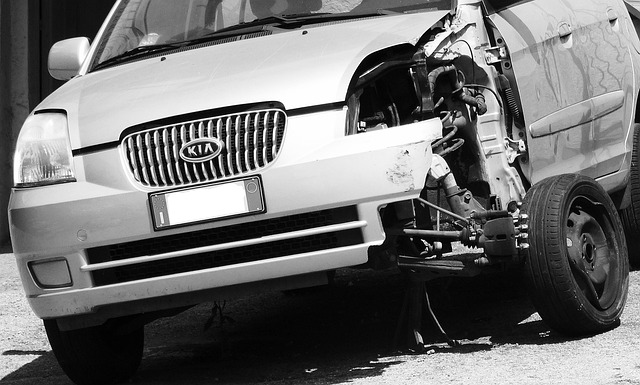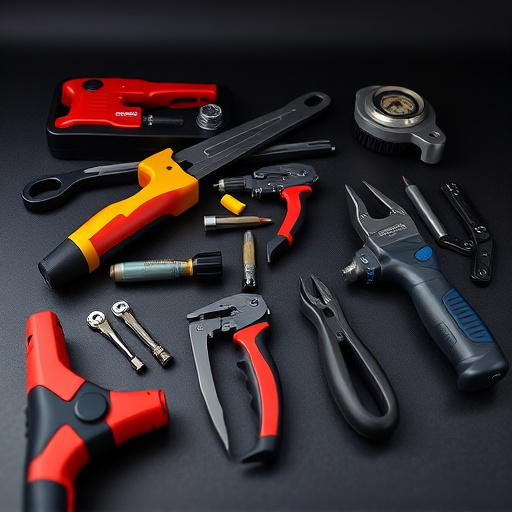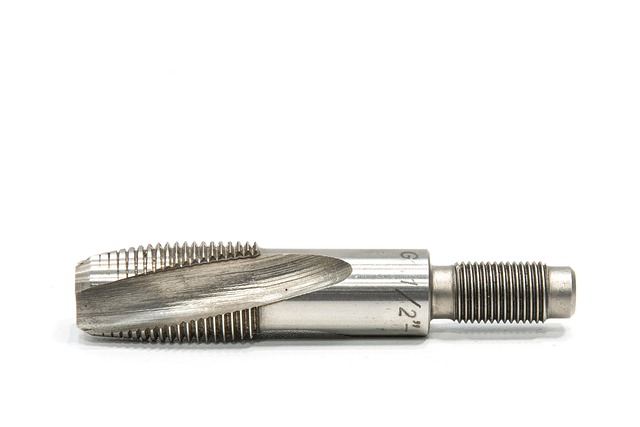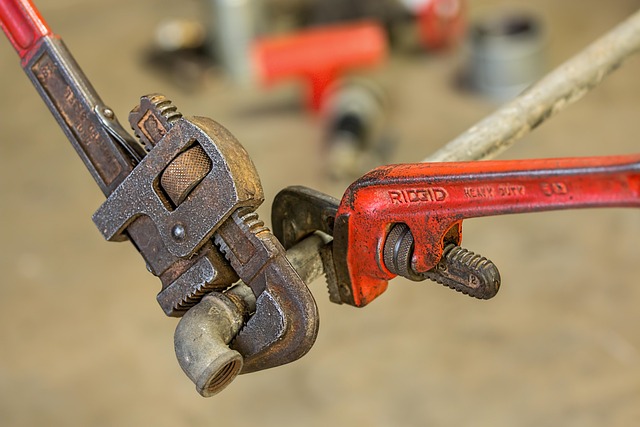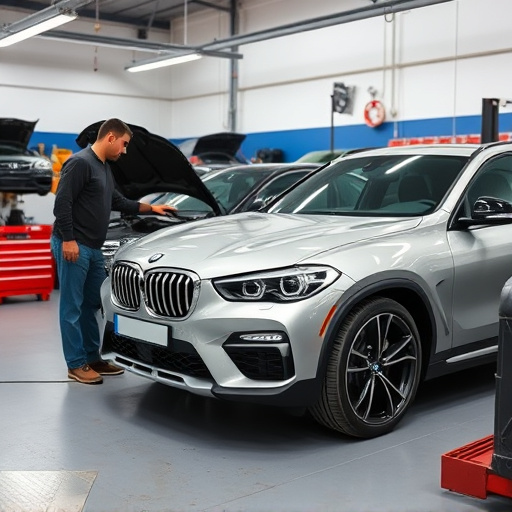Frame rail replacement is a critical auto body repair process ensuring vehicle structural integrity after severe damage. Successful services focus on customer satisfaction through transparent communication, pricing, and timely service. Businesses gather feedback to improve, analyzing repair quality, aesthetics restoration, driving experience, alignment precision, and adherence to industry standards like Mercedes Benz methods for optimal customer experience and repeat business in a competitive market.
“Frame rail replacement is a critical service in the automotive industry, directly impacting customer satisfaction and vehicle performance. This article delves into the intricate process of frame rail replacement, highlighting its significance in modern car maintenance. We explore how customer satisfaction metrics play a pivotal role in evaluating the success of these repairs, focusing on post-replacement feedback analysis. By understanding these key aspects, mechanics can ensure top-notch service, fostering customer loyalty and boosting their business’s reputation.”
- Understanding Frame Rail Replacement Process
- The Role of Customer Satisfaction Metrics
- Measuring Success: Post-Replacement Feedback Analysis
Understanding Frame Rail Replacement Process
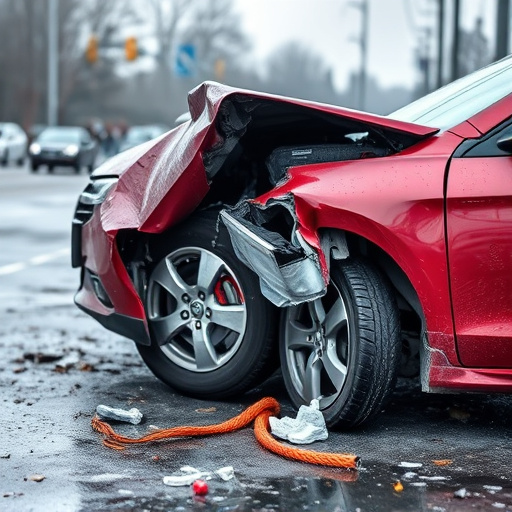
The frame rail replacement process is a critical aspect of auto body repair, particularly after significant accidents or structural damage. It involves meticulous work to ensure the vehicle’s frame is restored to its original integrity and safety standards. This process begins with a thorough inspection to identify any damage or deformity in the frame rails, which are the main structural components of a vehicle. Skilled technicians use specialized tools to carefully remove the damaged sections, taking precise measurements to ensure accurate replacement.
Subsequent steps include acquiring compatible frame rail sections, often custom-ordered to fit the specific make and model of the vehicle. These new parts are then precisely fitted and welded into place, following strict guidelines to maintain the vehicle’s structural integrity. This meticulous repair not only ensures that the auto collision center can offer top-quality bumper repair services but also contributes to customer satisfaction by restoring the vehicle to its pre-accident condition, providing peace of mind for drivers seeking reliable auto repair near me.
The Role of Customer Satisfaction Metrics

Customer satisfaction metrics play a pivotal role in evaluating the success of any frame rail replacement service. These metrics provide valuable insights into how well auto repair shops meet customer expectations, especially when it comes to complex repairs like frame rail replacement. By measuring customer satisfaction, businesses can identify areas for improvement and ensure they deliver top-notch vehicle paint repair and car repair services.
Satisfied customers are more likely to return for future repairs and recommend the shop to others, which is crucial for long-term success in a competitive market. Frame rail replacement specialists should focus on clear communication, transparent pricing, timely service, and ensuring the final vehicle looks and performs as expected. Incorporating customer feedback into their processes can drive continuous improvement, ultimately enhancing overall customer experience and fostering loyalty towards their auto repair services.
Measuring Success: Post-Replacement Feedback Analysis
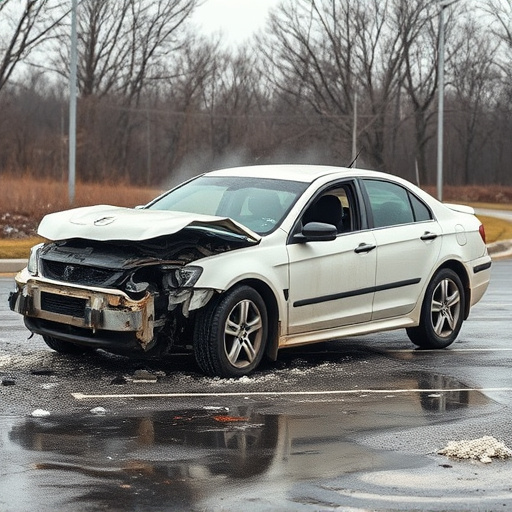
Measuring Success: Post-Replacement Feedback Analysis
After a frame rail replacement, gathering and analyzing customer feedback is paramount to understanding the level of satisfaction achieved. This process involves soliciting input from clients following their vehicle’s return, focusing on key aspects such as the quality of repair, restoration of vehicle aesthetics, and overall driving experience. By encouraging customers to share their experiences through surveys or direct communication, auto body shops can gain valuable insights into their performance and identify areas for improvement.
The feedback analysis should delve into specific details related to the frame rail replacement process, including the precision of alignment, the effectiveness of frame straightening techniques employed (like mercedes benz collision repair standards), and the overall restoration of the vehicle’s structural integrity. This data is crucial in gauging not just customer satisfaction but also the shop’s adherence to industry best practices, ensuring that each repaired vehicle meets or exceeds expectations.
Frame rail replacement is a critical process that significantly impacts customer satisfaction and overall vehicle performance. By understanding the intricate steps involved in this procedure, businesses can effectively manage expectations and deliver exceptional results. Customer satisfaction metrics play a pivotal role in gauging success, identifying areas for improvement, and ensuring long-term client loyalty. Through comprehensive post-replacement feedback analysis, garages can fine-tune their frame rail replacement services, ultimately fostering a positive reputation in the competitive automotive industry. This data-driven approach ensures that every repair is not just a transaction but a stepping stone towards building strong customer relationships.
